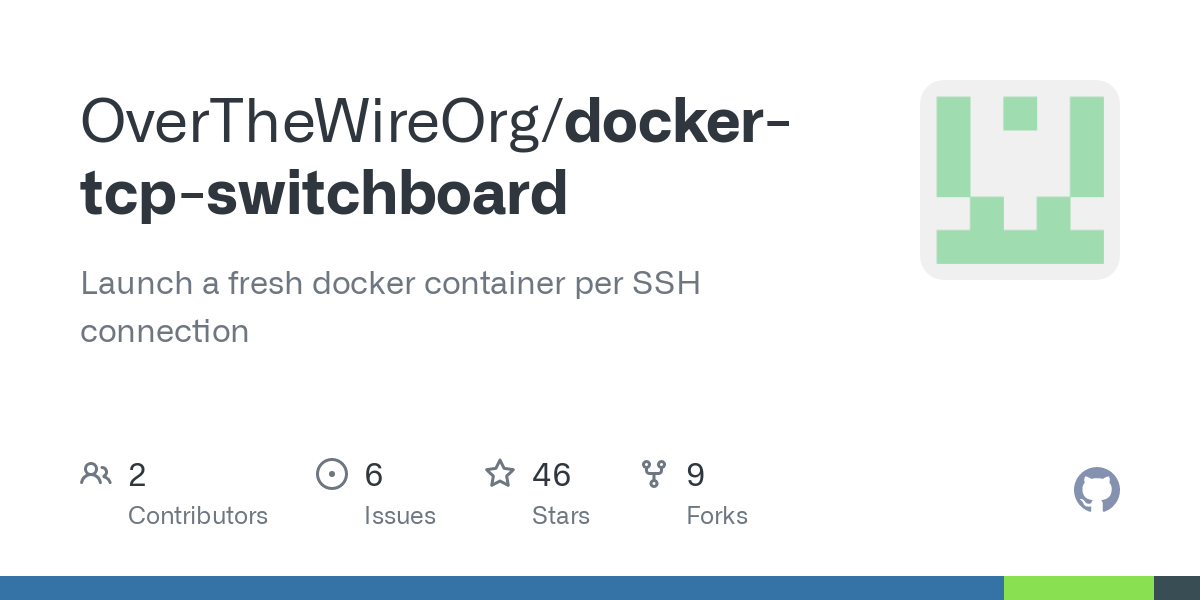

Is it possible to allow DRM content for just 1 website ( Netflix ) , while other websites on the same browsers are not allowed to do it?
I would use multiple firefox profiles for this. If you go to about:profiles or use the command firefox -P to launch firefox, you can view and create other firefox profiles. Each firefox profile is essentially it’s own instance of firefox, complete with different history, extensions, and setting. You could have a “Netflix” profile and a regular browsing profile.







Is there a way to do something like this on KDE? I’m considering streaming soon, and I want to be able to share some windows, but not all, or only share a workspace/virtual desktop with my stream.